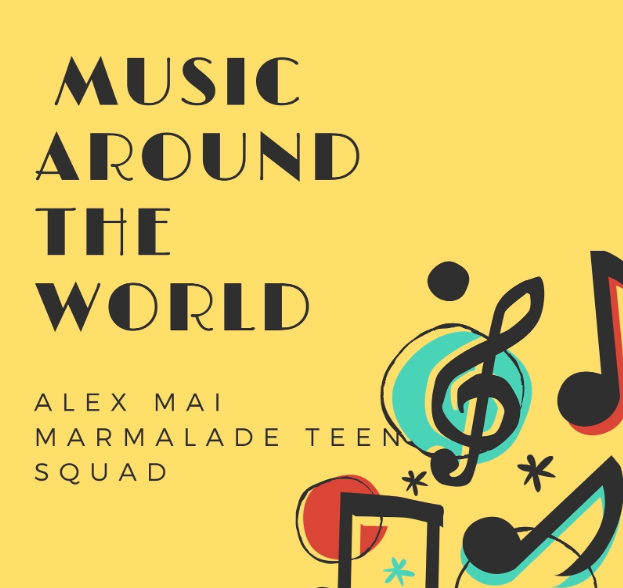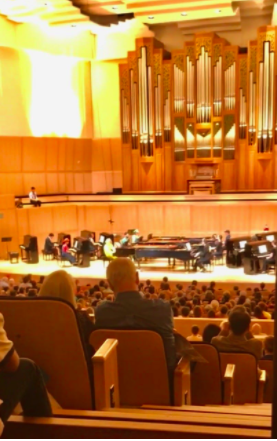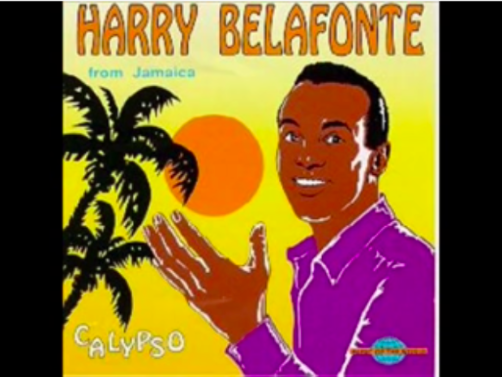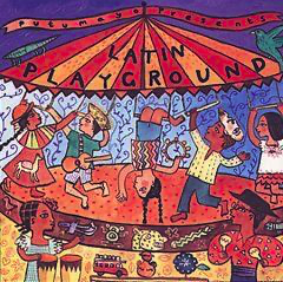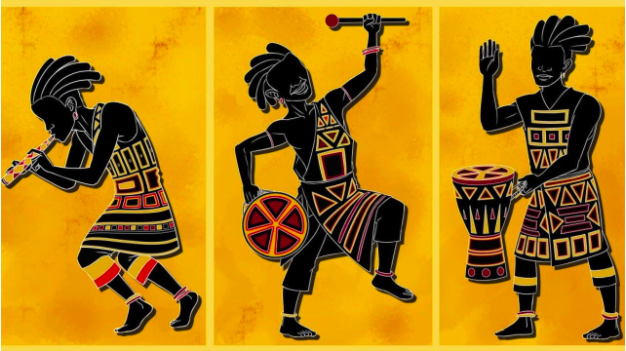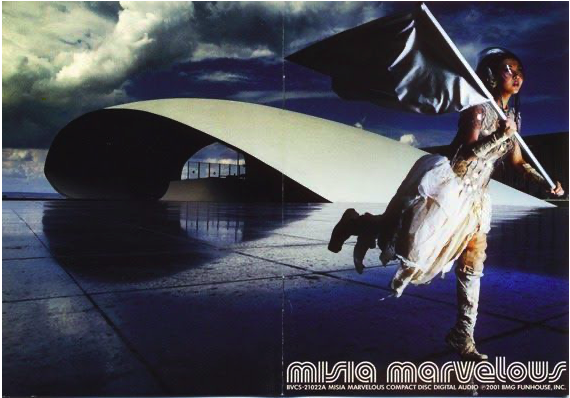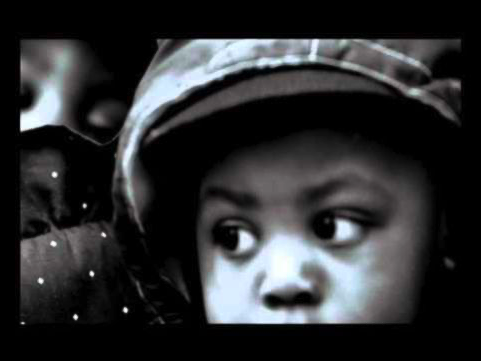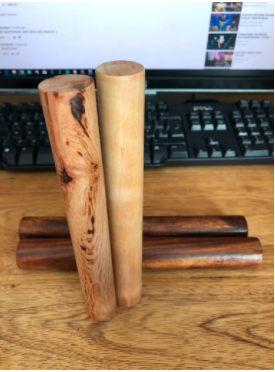|
by Teen Volunteer Alex Hi, I am Alex, a team leader of the Marmalade Library Teen Squad team. This is my fourth year volunteering at the library. I worked on a project on music around the world in order to introduce young people to world music and how to use the excellent resources from the library to look for CDs that demonstrate the beautiful world around us. This is important for the community in Salt Lake City since it’s very diverse. Therefore, young people will have a better opportunity to learn about mother cultures and improve their imagination and creative minds. Everyone is exposed to music in different ways. Babies might listen to music from mothers singing, and teens might get to listen to music that is recommended to them by others. I started playing piano at 5 years old. I eventually moved to take lessons from the U of U , school of music from first grade until now. Every Year, I participated in a Monster Concert that raised money that went toward free piano lessons for others.
|
AuthorsBlog posts are written by our Teen Librarians and, in some cases, teens like you. Visit your About page to learn more about our Teen Librarians. Archives
August 2023
Categories
All
|
